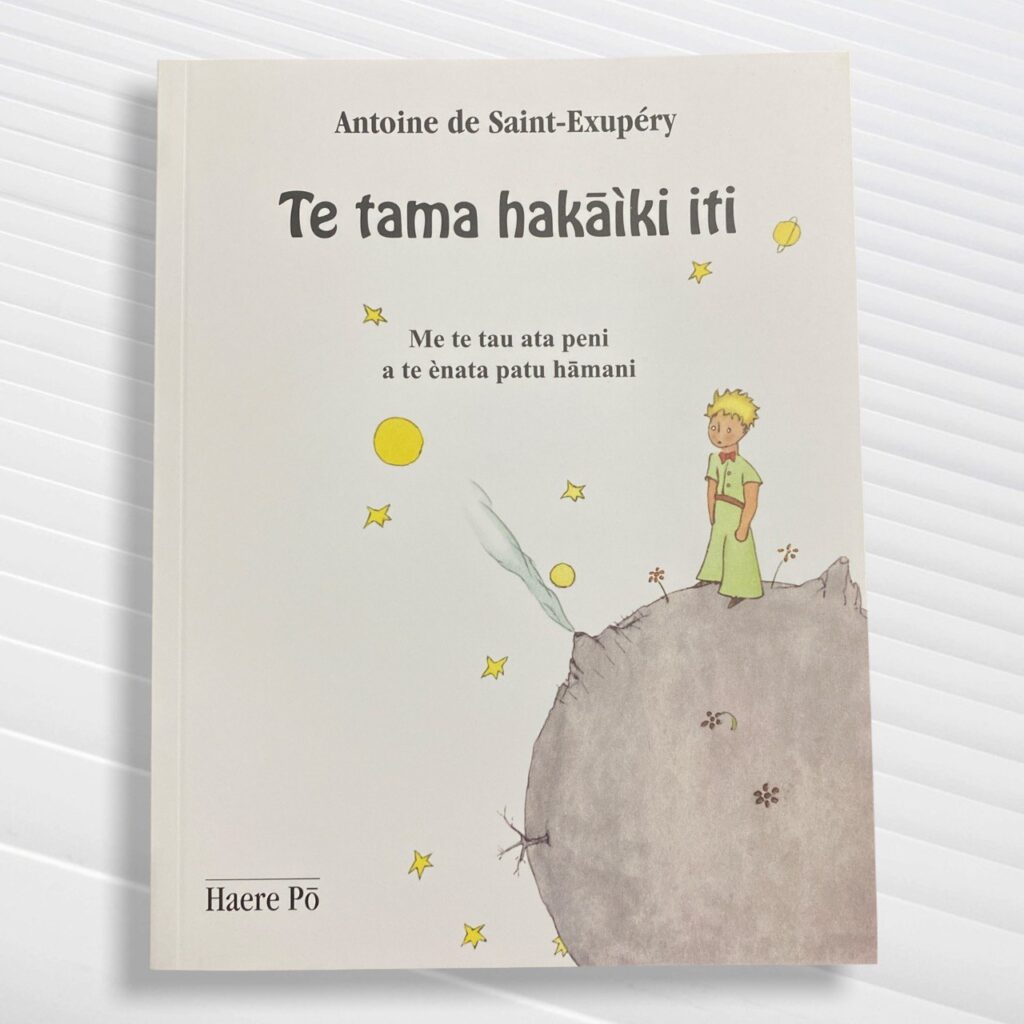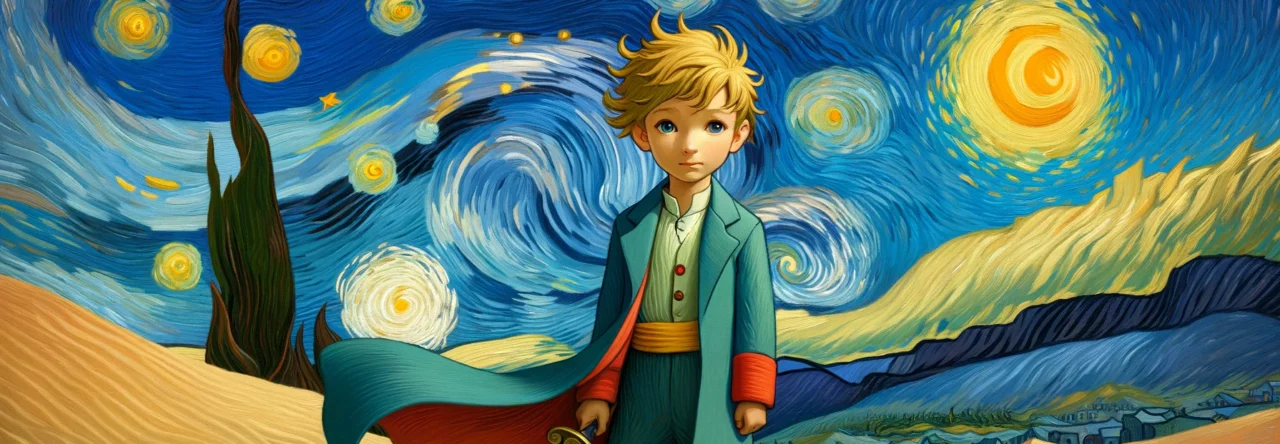
Te Tama Hakāìki Iti — in Marquesan.
The Marquesan language, spoken in the remote Marquesas Islands of French Polynesia, is a vivid and rhythmically rich branch of the Eastern Polynesian family, itself a subset of the wider Austronesian language group. It exists in two main varieties—North Marquesan and South Marquesan—which, while closely related, are distinct enough to pose challenges to mutual intelligibility. Marquesan shares its roots with other Polynesian languages such as Hawaiian, Tahitian, and Rapa Nui, but it retains a number of unique phonological shifts and lexical features. For instance, where Tahitian might say fare for “house”, Marquesan often uses hale, reflecting a closer alignment with Hawaiian in some cases. It is a language both of seafaring memory and ancestral continuity, shaped by the Pacific’s vastness and the islanders’ intimate knowledge of their environment.
Historically, the Marquesas were among the earliest Polynesian islands to be settled, likely before 1000 CE, and developed a vibrant, complex society renowned for its tattooing, sculptural arts, and oral poetry. The language was central to the practice of mea henua—a deep respect for land, ancestors, and the spoken word. Genealogies, myths, and navigational knowledge were passed down orally in poetic and formulaic speech, giving Marquesan a rich cultural texture. With the arrival of European missionaries in the 19th century, Marquesan—like many Polynesian languages—faced disruption: oral traditions were discouraged, and a Latin-script writing system was introduced, often filtered through Tahitian or French linguistic influence.
Today, Marquesan exists in a diglossic setting with French, the official language of administration and education. While Marquesan remains spoken in households and ceremonial contexts, especially on islands such as Nuku Hiva and Hiva Oa, its intergenerational transmission is under pressure from French-language schooling and media. Nevertheless, efforts to revive and formalise Marquesan continue through local education initiatives, radio broadcasts, and cultural festivals that celebrate the language’s poetic heritage and performative beauty.
Culturally, the Marquesan language is inseparable from the islanders’ identity—heard in traditional himene (songs), haka-style dances, and ceremonial speeches that connect the living to their ancestral spirits and sacred landscapes. It retains connections with other Polynesian tongues but is also a proud emblem of local distinctiveness, shaped by centuries of isolation and a fiercely preserved cultural legacy.


